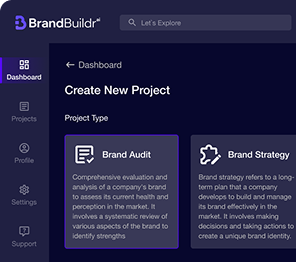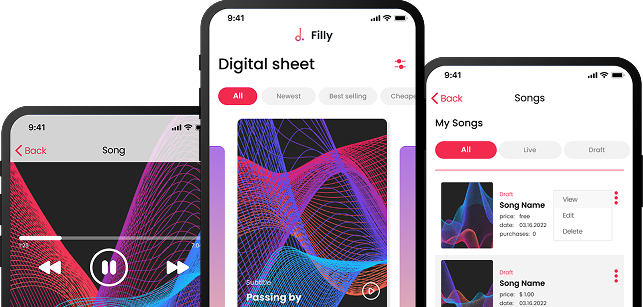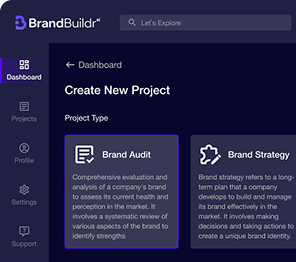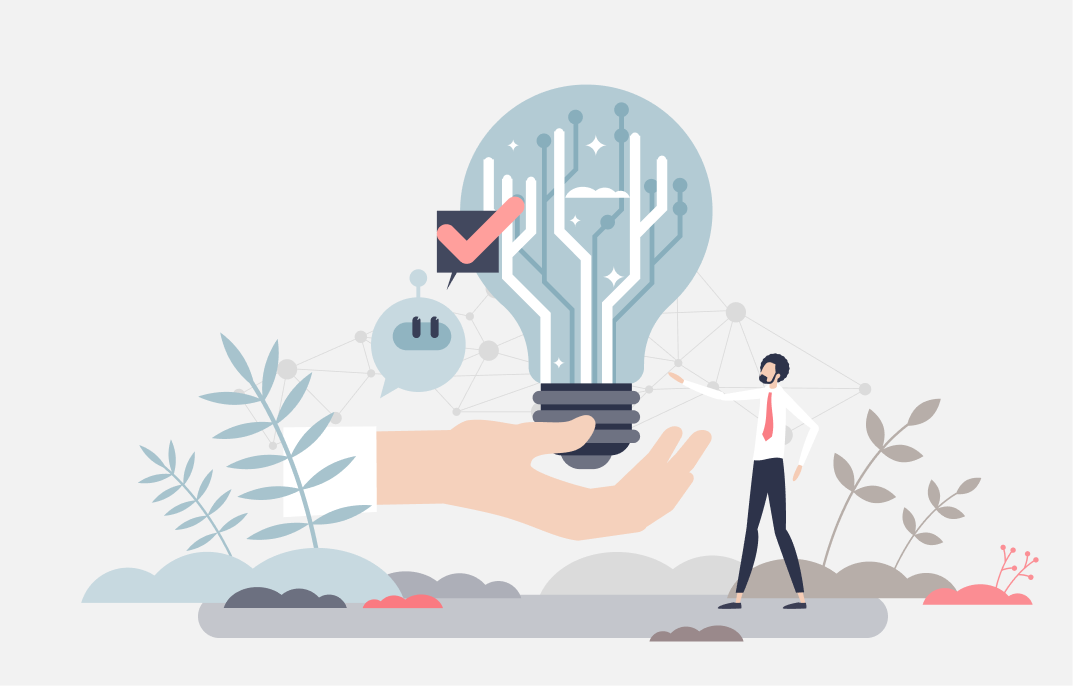In today’s digital era, the rapid growth of technology has had a profound impact on every aspect of our lives. While technological advancements have brought about remarkable benefits, they have also contributed to significant environmental challenges. The information technology (IT) sector is responsible for a substantial portion of global energy consumption and carbon emissions. As awareness of environmental sustainability grows, the concept of Green IT has emerged, promoting sustainable practices within the IT industry. This article explores the importance of Green IT in software development and highlights various sustainable practices that can be adopted to minimize environmental impact.

The Importance of Green IT
Green IT, also known as sustainable IT, refers to the practice of designing, manufacturing, using, and disposing of computers, servers, and associated subsystems in an environmentally friendly manner. The goal of Green IT is to reduce the environmental footprint of technology by enhancing energy efficiency, reducing waste, and promoting sustainable practices.
Environmental Impact of IT
The IT sector’s environmental impact is significant. Data centers, which house servers and other computing infrastructure, consume vast amounts of energy. According to a report by the International Energy Agency, data centers account for approximately 1% of global electricity use. This figure is expected to rise as the demand for data storage and processing continues to grow. Additionally, electronic waste (e-waste) generated by obsolete or discarded devices poses a severe environmental threat, as many electronic components contain hazardous materials that can leach into the soil and water.
Economic and Social Benefits
Adopting Green IT practices not only benefits the environment but also offers economic and social advantages. Energy-efficient technologies and practices can significantly reduce operational costs for organizations. Moreover, companies that prioritize sustainability can enhance their brand reputation, attract environmentally conscious customers, and comply with regulations aimed at reducing carbon footprints. Socially, promoting Green IT can contribute to creating a healthier environment and a more sustainable future for all.
Sustainable Practices in Software Development
Software development is a critical aspect of the IT industry, and integrating sustainable practices into this process can significantly contribute to Green IT. Here are several sustainable practices that can be adopted in software development:
1. Energy-Efficient Coding
Energy-efficient coding involves writing software in a way that minimizes energy consumption during execution. This can be achieved through various techniques, such as optimizing algorithms, reducing computational complexity, and minimizing resource usage. Efficient code not only reduces energy consumption but also enhances the performance and responsiveness of software applications.
Tips for Energy-Efficient Coding:
- Optimize Algorithms: Use algorithms with lower computational complexity to reduce processing power requirements.
- Minimize Resource Usage: Avoid unnecessary use of memory, CPU cycles, and other resources.
- Profile and Optimize: Use profiling tools to identify energy hotspots in the code and optimize them.
2. Sustainable Software Design
Sustainable software design involves creating software with sustainability in mind from the outset. This includes designing software that is scalable, modular, and maintainable, which can extend the software’s lifecycle and reduce the need for frequent updates and replacements. Additionally, sustainable design principles advocate for the use of cloud computing and virtualization to optimize resource utilization.
Principles of Sustainable Software Design:
- Scalability: Design software that can handle increased workloads without requiring significant additional resources.
- Modularity: Use modular design to facilitate updates and maintenance, reducing the need for complete system overhauls.
- Cloud Computing: Leverage cloud services to take advantage of energy-efficient data centers and reduce the environmental impact of on-premises infrastructure.
3. Green Data Centers
Data centers are the backbone of modern software applications, and making them more energy-efficient is crucial for Green IT. Green data centers utilize energy-efficient hardware, advanced cooling techniques, and renewable energy sources to minimize their environmental impact.
Features of Green Data Centers:
- Energy-Efficient Hardware: Use servers and other hardware with high energy efficiency ratings.
- Advanced Cooling Techniques: Implement cooling solutions such as liquid cooling and hot/cold aisle containment to reduce energy consumption.
- Renewable Energy Sources: Power data centers with renewable energy sources, such as solar or wind power, to reduce carbon emissions.
4. Virtualization and Cloud Computing
Virtualization and cloud computing are essential components of Green IT. Virtualization allows multiple virtual machines to run on a single physical server, optimizing resource utilization and reducing the number of physical servers required. Cloud computing enables organizations to use scalable and energy-efficient data centers, reducing the environmental impact of on-premises infrastructure.
Benefits of Virtualization and Cloud Computing:
- Resource Optimization: Maximize the utilization of physical servers, reducing the need for additional hardware.
- Scalability: Easily scale resources up or down based on demand, avoiding over-provisioning.
- Energy Efficiency: Cloud providers often use energy-efficient data centers, reducing the overall environmental footprint.
5. Green Software Development Lifecycle (SDLC)
Integrating sustainability into the software development lifecycle (SDLC) ensures that environmental considerations are addressed at every stage of development. This includes planning, design, coding, testing, deployment, and maintenance.
Green SDLC Practices:
- Planning: Include sustainability goals in the project requirements and objectives.
- Design: Use sustainable design principles to create energy-efficient and maintainable software.
- Coding: Write energy-efficient code and use profiling tools to optimize resource usage.
- Testing: Test software for energy efficiency and performance under various conditions.
- Deployment: Use energy-efficient deployment strategies, such as containerization and cloud services.
- Maintenance: Regularly update and maintain software to ensure continued efficiency and performance.
6. Sustainable Device Management
Managing the lifecycle of devices used in software development and deployment is crucial for Green IT. This includes sourcing energy-efficient hardware, extending the lifecycle of devices, and responsibly recycling e-waste.
Sustainable Device Management Practices:
- Energy-Efficient Hardware: Choose devices with high energy efficiency ratings and low environmental impact.
- Lifecycle Extension: Maintain and upgrade devices to extend their usable life, reducing the need for frequent replacements.
- E-Waste Recycling: Dispose of obsolete devices responsibly through certified e-waste recycling programs.
7. Promoting Remote Work
Remote work has become increasingly popular, and it can contribute to Green IT by reducing the environmental impact associated with commuting and office infrastructure. Encouraging remote work can also lead to more efficient use of energy and resources.
Benefits of Remote Work:
- Reduced Commuting: Decrease the carbon footprint associated with daily commutes.
- Energy Savings: Lower energy consumption in office buildings by reducing the need for heating, cooling, and lighting.
- Resource Efficiency: Optimize the use of home office resources and reduce waste.
8. Green Programming Languages
Some programming languages are inherently more energy-efficient than others. Choosing the right programming language for a given project can contribute to overall energy savings.
Examples of Energy-Efficient Programming Languages:
- Rust: Known for its performance and efficiency, Rust is designed to minimize resource usage and enhance execution speed.
- Go: Go is optimized for concurrency and efficiency, making it a good choice for energy-efficient applications.
- C: A low-level language that allows for fine-grained control over resource usage, C is ideal for performance-critical applications.
9. Sustainable Development Practices
Adopting sustainable development practices, such as Agile and Lean methodologies, can contribute to Green IT by promoting efficiency and reducing waste.
Sustainable Development Practices:
- Agile Methodology: Encourage iterative development and continuous improvement to reduce waste and enhance efficiency.
- Lean Principles: Focus on delivering value to customers while minimizing waste and optimizing resource usage.
- DevOps: Integrate development and operations to streamline processes, enhance collaboration, and reduce the environmental impact of software delivery.
10. Educating and Raising Awareness
Promoting awareness of Green IT and sustainable practices within the software development community is essential for driving change. Organizations can invest in training programs, workshops, and resources to educate developers and other stakeholders about the importance of sustainability and how to implement Green IT practices.
Strategies for Education and Awareness:
- Training Programs: Offer courses and workshops on sustainable software development and Green IT practices.
- Internal Campaigns: Launch internal awareness campaigns to promote sustainability initiatives and best practices.
- Community Engagement: Participate in industry forums, conferences, and events to share knowledge and collaborate on sustainability efforts.
Green IT is not just a trend; it is a necessary shift towards sustainable practices that can help mitigate the environmental impact of the technology industry.
Conclusion
Green IT is not just a trend; it is a necessary shift towards sustainable practices that can help mitigate the environmental impact of the technology industry. By adopting sustainable practices in software development, organizations can reduce energy consumption, minimize waste, and contribute to a healthier planet. From energy-efficient coding and sustainable software design to green data centers and remote work, there are numerous ways to integrate Green IT into the software development lifecycle. Embracing these practices not only benefits the environment but also offers economic and social advantages, creating a more sustainable and resilient future for all.


FAQ
What is Green IT in the context of software development?
Green IT refers to designing, developing, and operating software in ways that minimize environmental impact. It focuses on reducing energy consumption, optimizing resource usage, and supporting sustainable digital practices.
How can software development contribute to sustainability?
Efficient code, optimized algorithms, and responsible infrastructure choices reduce energy use and carbon emissions. Software teams can also support sustainability by enabling remote work and reducing reliance on physical resources.
What development practices support Green IT principles?
Practices include writing energy-efficient code, reducing unnecessary processing, optimizing data storage, using cloud resources responsibly, and implementing automated scaling to avoid overprovisioning.
How does cloud computing impact Green IT efforts?
Cloud providers often use energy-efficient data centers and renewable energy sources. When used efficiently, cloud computing can significantly reduce the environmental footprint compared to on-premise infrastructure.
How can organizations measure the environmental impact of their software?
Organizations can track metrics such as energy consumption, server utilization, carbon emissions, and system efficiency. Monitoring tools and sustainability reports help assess and improve impact.
What role do developers and organizations play in promoting Green IT?
Developers influence sustainability through design and coding decisions, while organizations set policies and invest in green technologies. Together, they drive responsible and sustainable software development.
Heading 1
Heading 2
Heading 3
Heading 4
Heading 5
Heading 6
Lorem ipsum dolor sit amet, consectetur adipiscing elit, sed do eiusmod tempor incididunt ut labore et dolore magna aliqua. Ut enim ad minim veniam, quis nostrud exercitation ullamco laboris nisi ut aliquip ex ea commodo consequat. Duis aute irure dolor in reprehenderit in voluptate velit esse cillum dolore eu fugiat nulla pariatur.
Block quote
Ordered list
- Item 1
- Item 2
- Item 3
Unordered list
- Item A
- Item B
- Item C
Bold text
Emphasis
Superscript
Subscript





















.avif)



.avif)

.avif)


